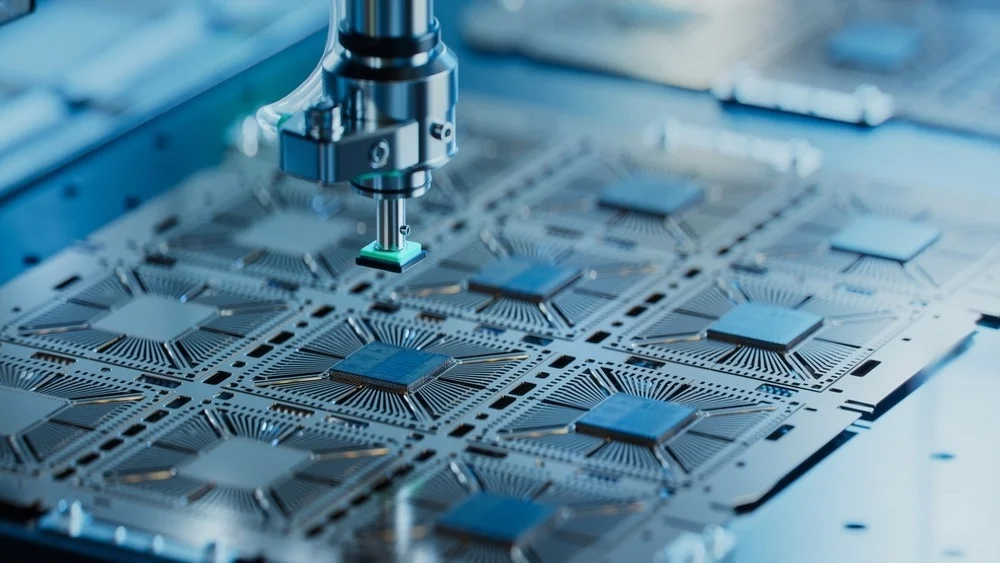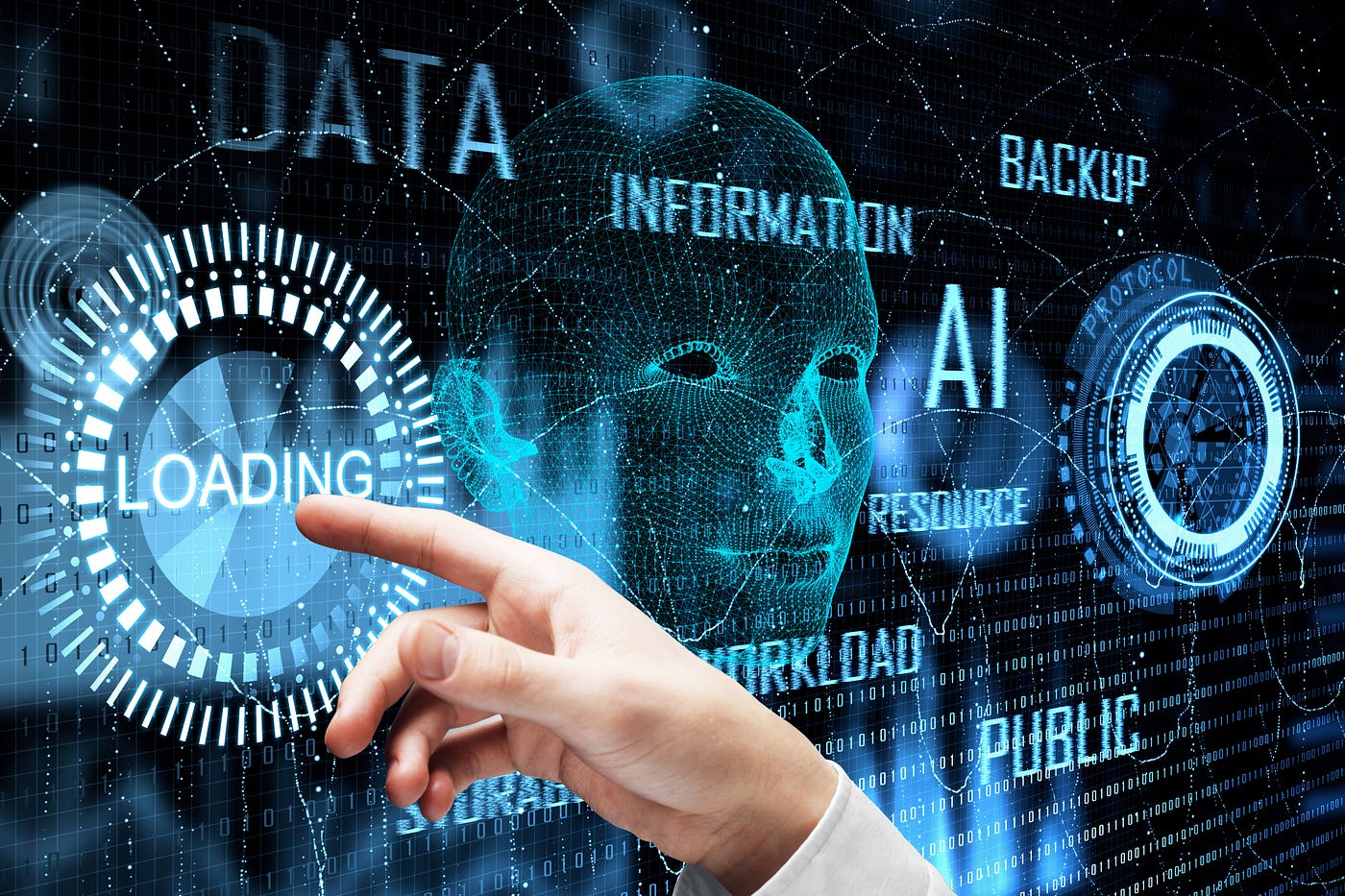
Electronics and semiconductor manufacturing industries are among the leading fields of technology that introduce innovations, contribute to further development, and even alter people's lives and labor. Yet this fast growing industry faces a lot of challenges. The article touches upon current market trends, issues faced by electronic and semiconductor manufacturers, and new solutions developed for overcoming these challenges.
1. Global Supply Chain Disruptions:
Challenge:
The global supply chain disruptions are hugely affecting the electronic and semiconductor industries. Political tensions, natural disasters, and the ongoing pandemic have laid bare a very susceptible supply chain, with severe shortages of key components.
Solution:
Companies are taking another look at their supply chain strategies to emerge stronger. They are diversifying suppliers, investing in digital supply chain technologies, and using real time monitoring to reduce risk. Companies collaborate with each other more; advanced analytics can be used to predict and fix problems that might occur.
2. Rapid Technological Advancements:
Challenge:
The rapid pace of technological advancements poses a challenge for electronics and semiconductor manufacturers. Keeping up with the latest developments while ensuring compatibility with existing infrastructure can be daunting.
Solution:
Companies must continue to invest in technology and research to remain competitive. Collaboration and the sharing of ideas enable firms to utilize new technologies without bearing the entire burden of such work. Similarly, flexible manufacturing processes capable of rapid change to meet new requirements enable firms to remain agile and responsive with changes in technologies.
3. Increasing Complexity of Designs:
Challenge:
The demand for smaller, more powerful devices with advanced functionalities has led to increasingly complex semiconductor designs. This complexity poses challenges in terms of manufacturing precision, testing, and ensuring the reliability of the final products.
Solution:
Design processes are eased by automation and AI. Machine learning programs make chip layouts better for performance and energy savings. Advanced virtual prototyping and simulation tools enable manufacturers to identify and correct design problems before the actual product is produced, which accelerates its time to market and also makes the product much more reliable.
4. Escalating Environmental Concerns:
Challenge:
It is becoming very important for buyers, and taking care of the environment is also a concern for the rule makers. This forces the generally energy consuming and waste producing industries like electronics and semiconductor to switch over to more eco friendly methods.
Solution:
Manufacturing companies are considering sustainable methodologies, deploying eco friendly materials, and enhancing the use of energy at the production stage. The ideology of the circular economy, such as recycling and reusing electronic components, is gaining momentum. Similarly, compliance with regulations and industrial standards fosters the adoption of greener practices along with the entire product life cycle.
5. Cybersecurity Threats:
Challenge:
In the IoT era, more devices are connected, and the threat is getting larger. On its part, cybersecurity in the semiconductor industry faces various challenges in securing sensitive information and devices against destructive attacks.
Solution:
Especially, it is much more important to use tough hardware security features like secure enclaves and cryptographic protections. The present practice is to work with cybersecurity experts who constantly check for any kind of weakness. As the threats evolve, actions to adapt include periodic security audits and firmware updates that keep all electronic devices safe and secure.
6. Talent Shortage and Skills Gap:
Challenge:
The rapid evolution of technology requires a skilled workforce, and the electronics and semiconductor industries are facing a shortage of talent with the necessary expertise.
Solution:
Companies are investing in training programs, engaging with schools, and developing their talent. Promoting diversity and providing inclusive workplaces are key to securing skilled labor from all walks of life. Collaboration with schools and industry wide engagement assist in filling the skills shortage and help keep talent supply stable.
7. Evolving Regulatory Landscape:
Challenge:
The regulatory landscape governing the electronics and semiconductor industries is evolving rapidly, with increased scrutiny on product safety, environmental impact, and data privacy.
Solution:
Companies are actively keeping up with changes in rules and investing in measures to follow them. Working together with regulatory bodies and industry groups helps predict and meet new requirements. Including compliance in the design and manufacturing processes makes sure that products meet changing standards, building consumer trust and access to global markets.
Conclusion:
On one side, the electronics and semiconductor industries are presenting challenges and opportunities. Specifically, these relate to problems in global supply chains, rapid changes in technology, complicated designs, environmental concerns, cybersecurity risks, a shortage of skilled workers, and changing regulations. These challenges require smart solutions. Indeed, innovation, collaboration, commitment to sustainability, and proactively pursued regulatory compliance are keys whereby these industries can come through the current challenges and forge ahead with continued growth, technological excellence, and future bright prospects. Adaptability and forward thinking will become vital in these dynamic sectors as their market trends continue changing.
Trending Posts

Global Silver Nanoparticles Market
The global silver nanoparticles market was valued at $2.08 billion in 2020, and is projected to reach $4.1 billion by 2027, growing at a CAGR of ~17%

LNG Bunkering – Here is something you must know!
In the current scenario of growing pollution, companies are trying to adapt more and more sustainable approach that not only gives eco-friendly result

The Basic Pension Comes - Federal Cabinet Decides On the Pension Supplement
Financial security in old age is an issue that is causing stomach pains for more and more people in Germany. Low-wage earners fear the elderly. The ba

The Future of Artificial Intelligence
In recent years, the field of artificial intelligence (AI) has witnessed unprecedented growth and transformative advancements. As AI technologies

Sailing into the future with Autonomous Ships
Autonomous Vehicles (AVs) are the uproar of this era. After airways, thanks to the companies like Tesla, that people are now getting used to see drive

Rising Demand For Uninterrupted Power Supply Is Expected To Drive The Power Rental Market
Todays world is totally reliant on electric power. There are many things which are not manageable without electricity. Power rental is a concept where

Rapidly growing IT industry coupled with the trend of bringing your own device (BYOD) is expected to provide new opportunities for growth of Cloud Collaboration
Cloud collaboration is the process of sharing and co-authoring the computer-based work through cloud technology

Factcheck on UV Disinfection for COVID-19
Many regulatory authorities and bodies believe that UV disinfection technologies can play a role in a multiple barrier approach to reducing the transm

The Global Ventilator Market Grows at a CAGR of 7.75 %
The Global Ventilator Market, which was at $688 million in the year 2016, is about to double by the year 2025, and reach a value of $1,347 million. Th

Vaccination: Vaccination Against Measles is Now Mandatory in Germany
The subject of compulsory vaccination has always heated peoples minds and caused emotionally charged discussions. The latest law in this area - the ob
Recent Posts

Growth and Future Trends of the Global In-Line UV-Vis Spectroscopy Market
In-line UV-Vis spectroscopy is a powerful analytical tool widely adopted in various industries for real-time monitoring of chemical and biological processes. This market is experiencing robust growth due to its applications in pharmaceutical.

Understanding the Growth Dynamics of the Premium Luggage Market
The market for premium luggage has grown massively over the years. This is attributed to several factors, including a change in consumer preference, increase in disposable incomes, and an overall rise in international travel.

Global Potassium Sorbate Market: Growth and Forecast
The Global Potassium Sorbate Market has gained significant traction due to the rising demand for preservatives across various industries, especially in food and beverages. Potassium sorbate, a salt of sorbic acid.

Global Venturi Masks Market Growth and Forecast
Venturi masks, also known as air-entrainment masks, play a crucial role in delivering a precise oxygen concentration to patients, particularly those suffering from chronic respiratory conditions such as COPD (Chronic Obstructive Pulmonary Disease).

Global Venous Thromboembolism (VTE) Therapeutics Market: Overview, Growth, and Forecast
Venous thromboembolism (VTE) is a critical medical condition including deep vein thrombosis and pulmonary embolism. In fact, it is one of the preventable causes of death in the hospital environment. It has experienced a substantial upsurge.

Global Vein Illumination Device Market: Growth and Forecast
The global vein illumination device market is experiencing significant growth, Due to a growing demand for minimally invasive procedures and an increase in chronic diseases, not to mention development in medical technology.

Global Vasculitis Treatment Market: Growth and Forecast
Vasculitis represents a group of disorders involving inflammation of blood vessels. It can affect parts of the body such as the skin, kidneys, lungs, and joints, and without proper treatment it may cause severe morbidity.

Global Fired Heaters Market: Growth and Forecast
The global market for fired heaters is growing at a rapid pace due to increased demand from major industries such as the oil & gas, chemical, and petrochemical sectors. Fired heaters are among the most crucial components of process heating systems.

Global Gas Flares Market Growth and Forecast
The growth in oil and gas production, environmental regulations, and a need for an effective waste gas management system are driving the global gas flares market. Gas flares are a crucial equipment in the oil and gas industry.

Global Steam Reformers Market: Growth, Trends, and Forecast
The steam reformers market is witnessing significant growth due to increased demand for hydrogen in industries like chemicals, refining, and fertilizers.
